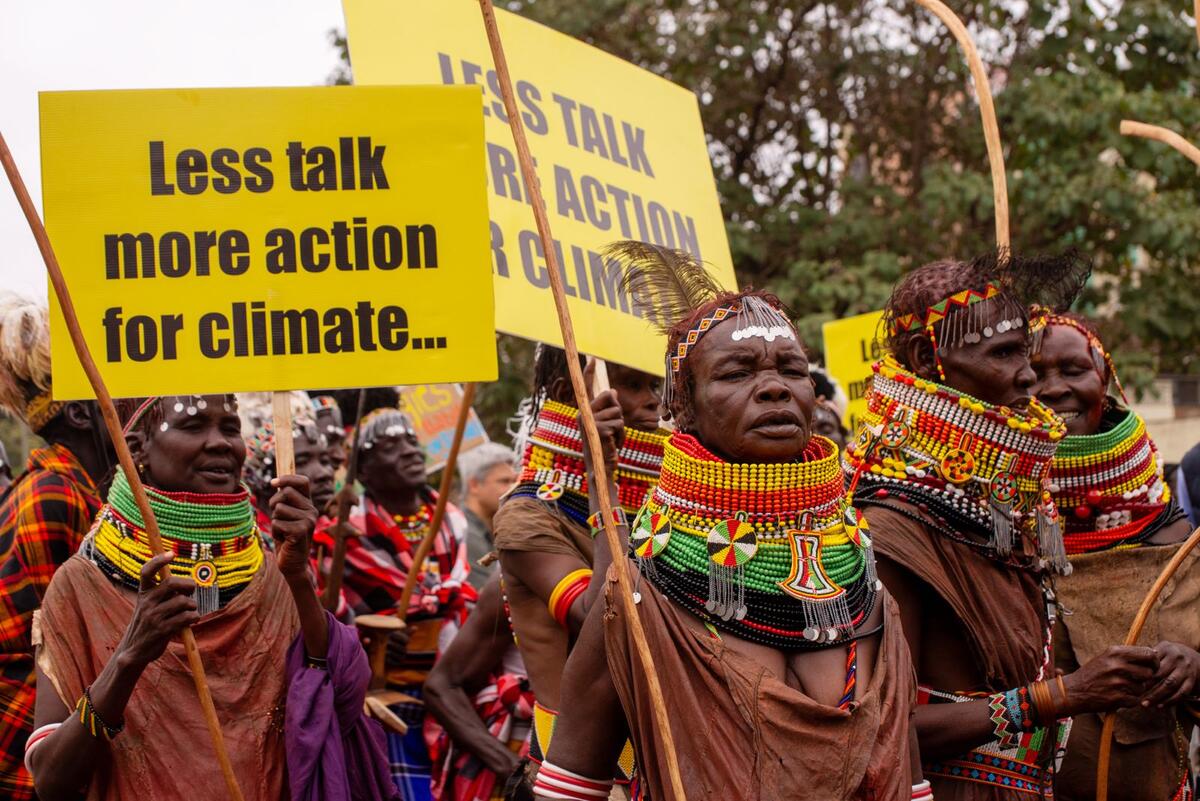Governments far from meeting biodiversity funding target of $20 billion USD per year by 2025: Greenpeace - Greenpeace International

Source: Greenpeace
Nairobi, Kenya - A coalition of the Indigenous Peoples, youth, and environment civil society organizations, including Greenpeace International, are launching a joint campaign at the Convention on Biological Diversity's last round of negotiations before COP16, calling on governments in the developed world to make good on their commitment to deliver at least $20 billion USD a year in nature finance to the developing world by 2025 to protect biodiversity globally.
Read the full campaign launch letter here. The '$20bn by 25' Campaign launch letter is supported by: Greenpeace International, International Indigenous Forum on Biodiversity, Global Youth Biodiversity Network, Birdlife International, Campaign for Nature, Conservation International, and WWF.
Irene Wabiwa, a Kinshasa-based programme manager with Greenpeace International, said:
"$20 billion USD from developed to developing nations per year by 2025 was agreed upon at COP15. But now with 18 months to go, we're far from achieving that first step. There's no time to delay, as stopping the global biodiversity crisis has been estimated to ultimately require $700 billion USD in funding¹. Rich countries have more than enough funds to put their money where their mouths are and protect biodiversity. Currently, governments put $1.8 trillion USD of subsidies every year to nature-destroying industries like industrial livestock farming and fossil fuel extraction². But they still haven't put even 1.1% of that money to funding solutions."
"The time to show up for biodiversity is now. No solution for global biodiversity protection can be achieved without financing. The world is in the midst of a mass extinction crisis that risks the end of life on this planet before it's through. We need the countries who have historically benefitted from nature destruction to step up. Taking action on biodiversity requires fast and comprehensive financing for solutions. Direct finance for Indigenous Peoples and local communities is a must. Indigenous Peoples have time and again proven to be the most capable protectors of biodiversity.
